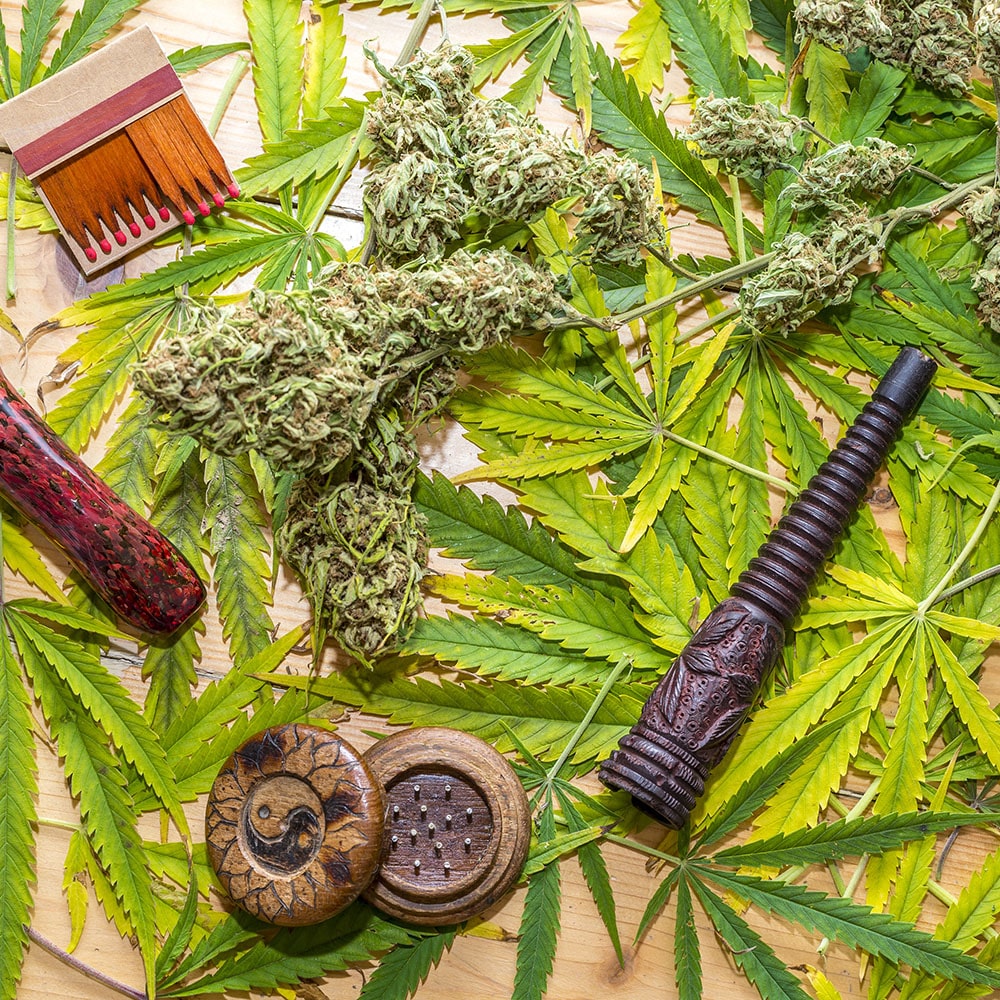The Marijuana Industry’s constant attempt to come up with more Science-y, Medically Sounding Words than the entire medical industry is really pushing forward.
Phytocannabinoids vs Endocannabinoids and the Efficacy of CBDs.
The differentiation here is quite simple (with the exception of the big words associated with the differentiation) as the names imply: “endo”-cannabinoids are those produced by the body naturally. Phyto-cannabinoids are those produced by cannabis plants of all kinds. The key here is that the body produces endocannabinoids every day all day long; when it runs low on its own production, various health problems can emerge. Simply supplementing the body with Phytocannabinoids boosts the healing systems and regulates neurological performance.
There are two types of Cannabinoid receptors in the body: CB-1, and CB-2. CB-1’s are primarily associated with the nervous systems (central and peripheral), while the CB-2’s are primarily associated with the immune system in the body.
Cannabinoid Receptors (CB-1’s) primarily at the nerve endings allow for regulation of more or less nerve firing at a local (synaptic) level, as opposed to bodywide control. For the most part, their job is to limit the flow of excitatory signals being propagated and therefore overloading the nerve, organ, or muscle. CBDs also affect the limbic system and are responsible for regulation of feelings and emotions. As in everything biological, some people produce more of these chemicals and some produce less. Some of the newer theories postulate that there may very well be a (genetic) lack of production of endocannabinoids, or perhaps a genetic insufficiency of receptor sites which may be a root causes of: seizures, Parkinson’s, Alzheimer’s, Bipolar disorder, MD, MS, Lou Gehrig’s disease, autism, and many other neurological disorders that render patients unable to function correctly. The basic symptoms of neuropathy pain (hyper-excitability of the nerve endings before dying-off) may also have to do with CB-1 receptors and naturally produced endocannabinoids
CB-2 Receptors and the CBN’s thereof are a part of the body’s own natural immune defense system (located primarily in the spleen). In general, stimulation of the spleen stimulates increased production of antibodies which are our natural defense system. New research is quite specific as to how cancer cells are defeated by ingestion of CBN’s, primarily by boosting the immune system and its response to cancer cell awareness and defense. As one source stated: “Cannabinoids cause cancer cells to commit suicide!”
The most commonly known Cannabinoids (CNB’s) are:
- THC = 9 Tetrahydrocannabinol: the most commonly known psycho-active substance that produces a euphoria (good feeling) when inhaled or ingested. It comes from the female Cannabis Sativa plant. Whether smoked, vaporized or distilled into an oil or paste form it is very useful medicinally as noted herein.
- CBD: Cannabidiol: the main chemical derived from hemp; it has massive medical uses (many more being discovered every day) and contains no psychoactive compounds that would be inappropriate for some users. Its primary form is that of an oil or paste, but can also be vaporized and inhaled.
- CBC: Cannabichromene
- CBG: Cannabgerol
- CBDV: Cannabidivarin: used primarily for seizure control usually in an oil form, affects the CB-! Receptors in the brain and interacts with GABA utilization.
By far, the most medically efficacious cannabinoid is CBD/Cannabidiol; with the naturally lowest amount of THC derived from “Industrial Hemp”. Most industrial hemp contains less than .3% of THC which is recognized by most governments (including the US) as insignificant. Thus, it makes the case for legalization much stronger.
For all the good it may do, Medical Marijuana still carries with it a stigma for use in children and seniors due to the high levels of THC in comparison to Hemp. Additionally, no form of smoke ash is good for the lungs and respiratory system.
For some adult patients, a small amount of THC can be beneficial either as a placebo, or a genuine psychoactive calmative, and appetite enhancer. The most common being for cancer patients. A great deal of research also points to the “cancer-killing” attributes of MMJ. However, it is much more likely that it’s the CBD in MMJ that is the real cancer defeater as the multitude of studies from around the world have proven.
It would seem to make perfect sense for practitioners to delve into the use of CBDs for an ever-increasing number of neurological and immunological conditions.
A4M and World Health support and encourage both more research and more utilization of any natural substance that allows the body to rejuvenate faster and therefore promote better health and longer life.




